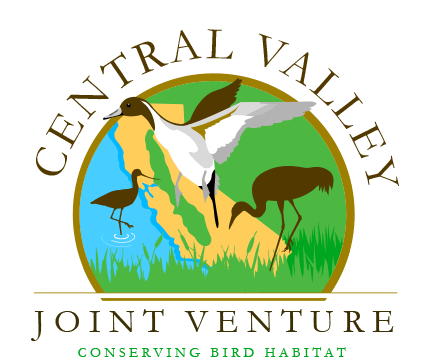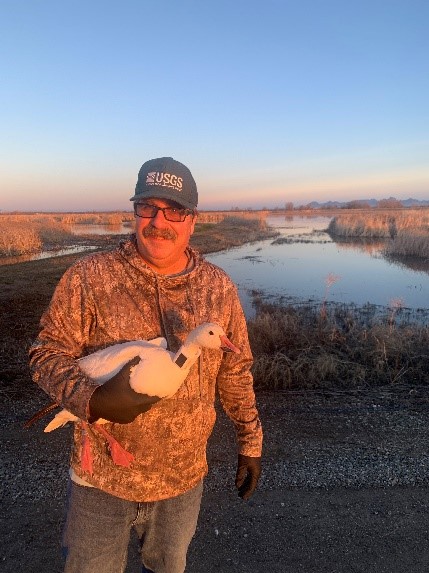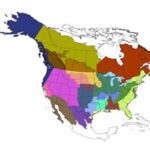Mike Casazza receives the CVJV’s 2024 Science Excellence Award
Mike Casazza has led a distinguished career with the US Geological Survey (USGS) and his research has contributed significantly to the biological foundation of the Central Valley Joint Venture. Mike has been involved with the CVJV in various capacities for over 30 years. He has served on numerous CVJV committees and working groups, including as Chair and Vice Chair of the CVJV Waterfowl Working Group, as well as serving as an alternate Management Board member for USGS.
Mike’s programs have examined the annual life cycle of migratory bird species. Until recently, most studies of migratory waterfowl have focused on single season issues. Mike’s research unifies observed behavior with detailed habitat use (food abundance) to improve the bioenergetic models that have explicitly guided wetland management in the CVJV and food resource planning. He has developed dynamic habitat mapping techniques that utilize Google Earth and remote sensing to spatio-temporally distinguish landscape flooding. Combined with the world’s richest dataset of marked bird movements, which he and his team have been amassing since 2015, his team can ascertain key habitat needs across life stages, seasons, and behaviors to better inform species ecology. This approach allows us to visualize population level impacts of landscape changes such as climate change, sea level rise or wildfire which were previously unattainable in smaller-scale studies. This multi-scale, multi-species approach to migratory bird research allows nuanced management in a rapidly changing environment.
Mike also has studied other wetlands species important to the CVJV. He coordinated the first in-depth research of the wetland dependent, federally-listed (threatened) giant garter snake. He developed the standardized method for using mark-recapture techniques that now inform occupancy models and estimation of population size. This information is important for developing conservation measures that help guide species recovery while allowing for the many wetland restoration projects that contribute to meeting the CVJV habitat objectives.
The breadth of Mike’s contributions to wildlife science and his commitment to CVJV planning, uniquely qualifies him for the coveted CVJV Science Excellence Award.




